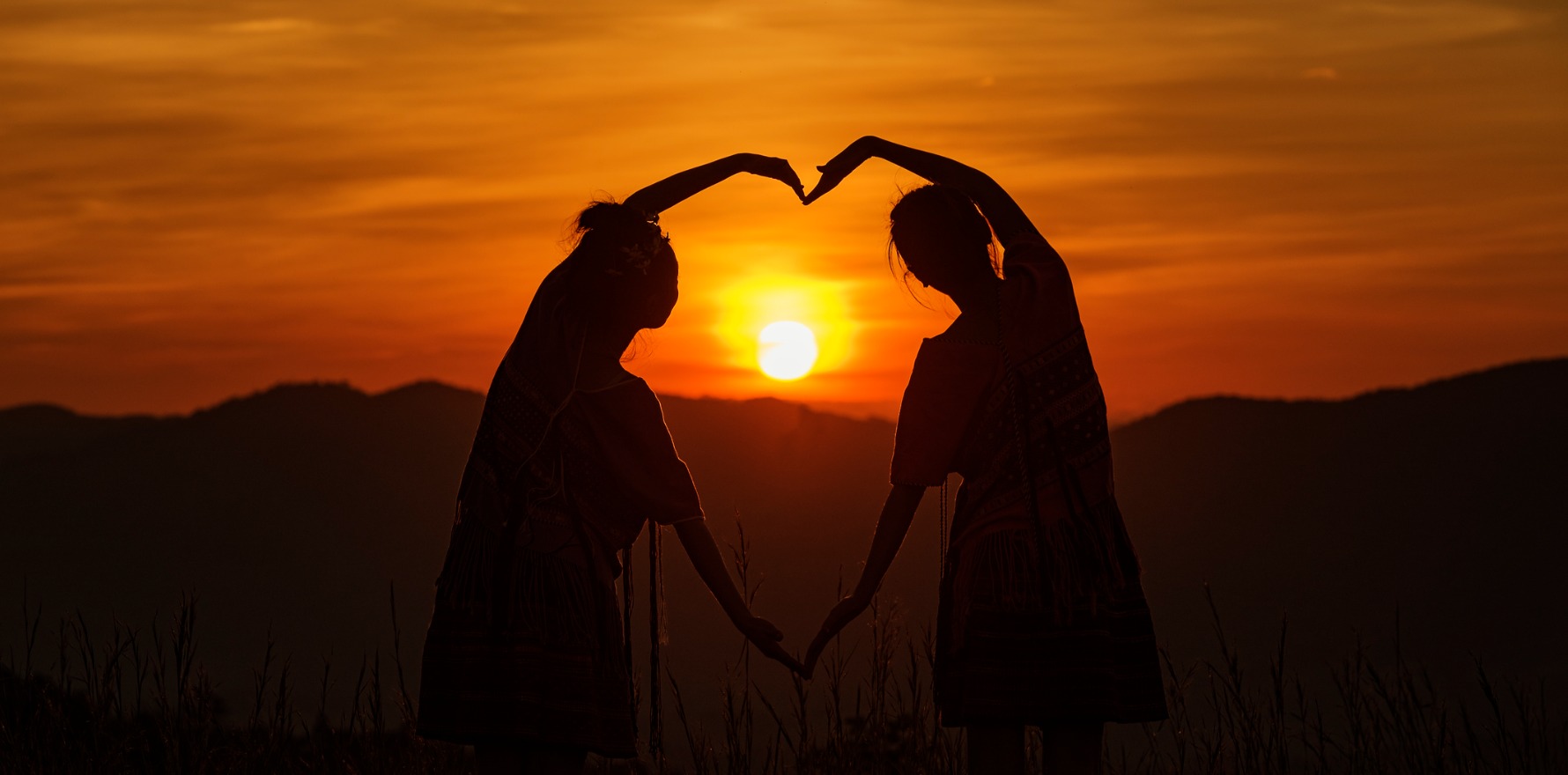With the health and wellbeing of Aboriginal and Torres Strait Islander children a key target of the Closing the Gap agreement, the latest data from the AIHW is sobering.
Just three in 10 First Nations children aged 0-14 years received a health check within the past year, according to new data released by the AIHW.
The AIHW report — Aboriginal and Torres Strait Islander specific primary health care: results from the OSR and nKPI collections – contained data collected from more than 200 organisations.
A total of 586,000 First Nations patients were treated between 2021 and 2022, but only 30% of children had a formal health check in the previous 12 months, making target 4 of the Closing the Gap agreement’s socioeconomic outcome areas — which reads “Aboriginal and Torres Strait Islander children thrive in their early years” — seemingly further away than ever.
With regards to other preventive health measures, 45% of patients received an Aboriginal and Torres Strait Islander health assessment and 47% received a risk assessment for heart disease in the last two years.
Seventy percent of patients aged 11 and over had their smoking status recorded in the past year, of which 53% reported quitting smoking or never smoking.
Among First Nations patients assessed for CVD risk, 58% aged 35-74 with no known history of CVD reported a low absolute risk within the last two years, 35% were high risk and 7% had a moderate risk.
Sixty-five percent of First Nations patients with type two diabetes reported blood pressure results within recommended guidelines in the past six months, while more than half had a chronic disease management plan completed within the past two years.
Rates of CVD risk were lowest in Victoria, Tasmania, New South Wales and the ACT, all of which had 67% of patients recording low absolute risk in the past two years.
Between 2021 and 2022, First Nations-specific primary health organisations employed over 8800 full-time equivalent staff, more than half of whom identified as First Nations, and provided over four million episodes of care.
While no covid-specific items were included in the reporting, many organisations reported having their service provision impacted by workforce shortages, anxiety among clients over contracting or spreading covid and limitations with telehealth services and recording telehealth consultations.
The AIHW’s findings were based on data from an annual online services report on organisations funded by the government’s Indigenous Australians’ health program, covering 1 July to 30 June, and national key performance indicators collected twice a year in December and June.
More detail on the findings and reporting measures can be found on the AIHW’s website.
Do you have a story tip for us, or a topic you would like to see us cover? Contact the editor at editor@healthservicesdaily.com.au.




